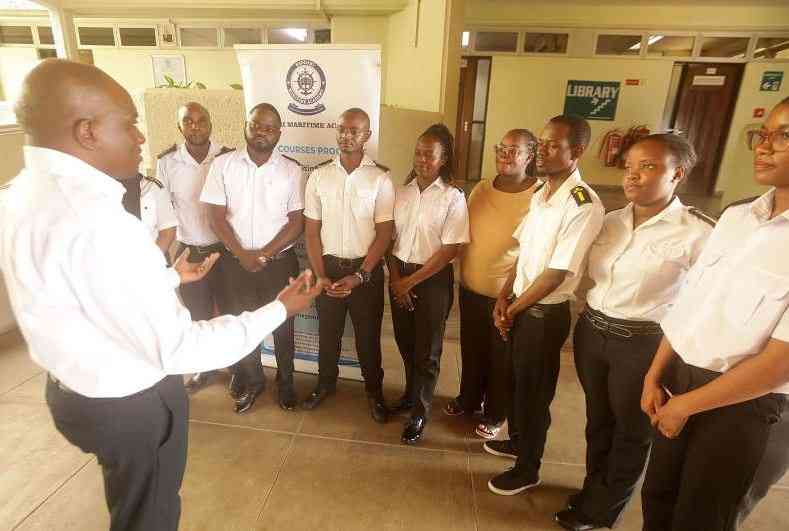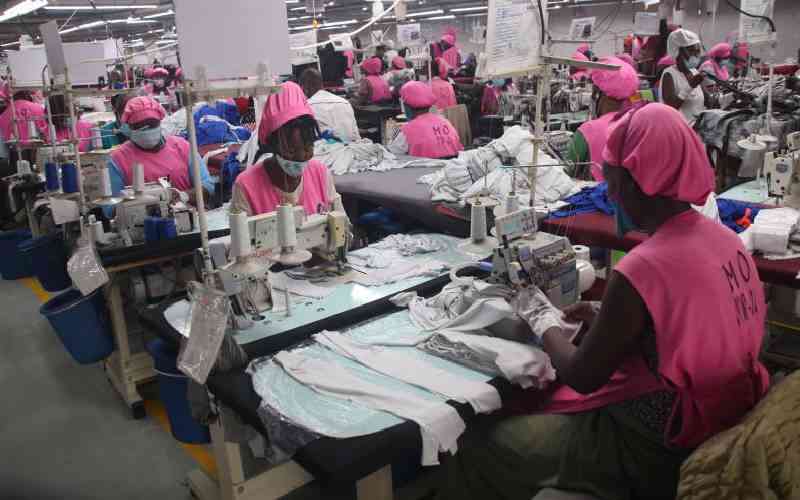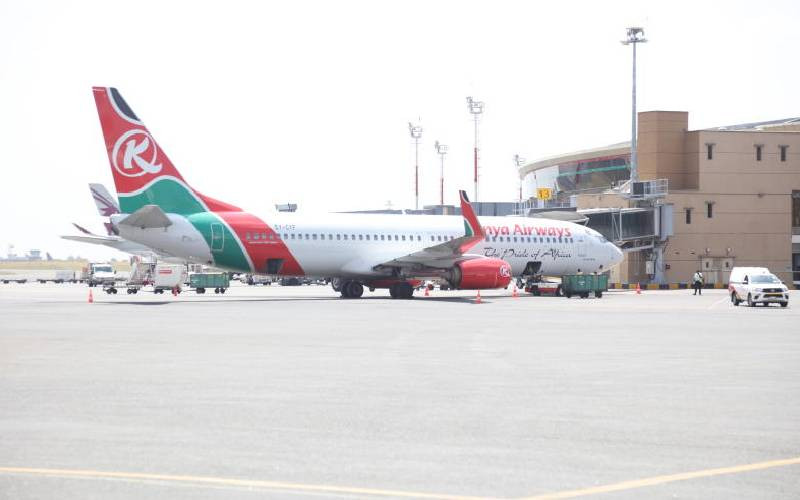×
The Standard e-Paper
Smart Minds Choose Us

NAIROBI, KENYA: Cement consumption in the first five months of 2018 dipped to 2.3 million tonnes compared to 2.5 million tonnes in the same period in 2017, signalling the end of a construction boom that has persisted since 2013.
It is the only economic indicator that did not pick up after a turbulent 2017 characterised by a toxic business environment caused by a protracted electioneering period, low credit and drought.







